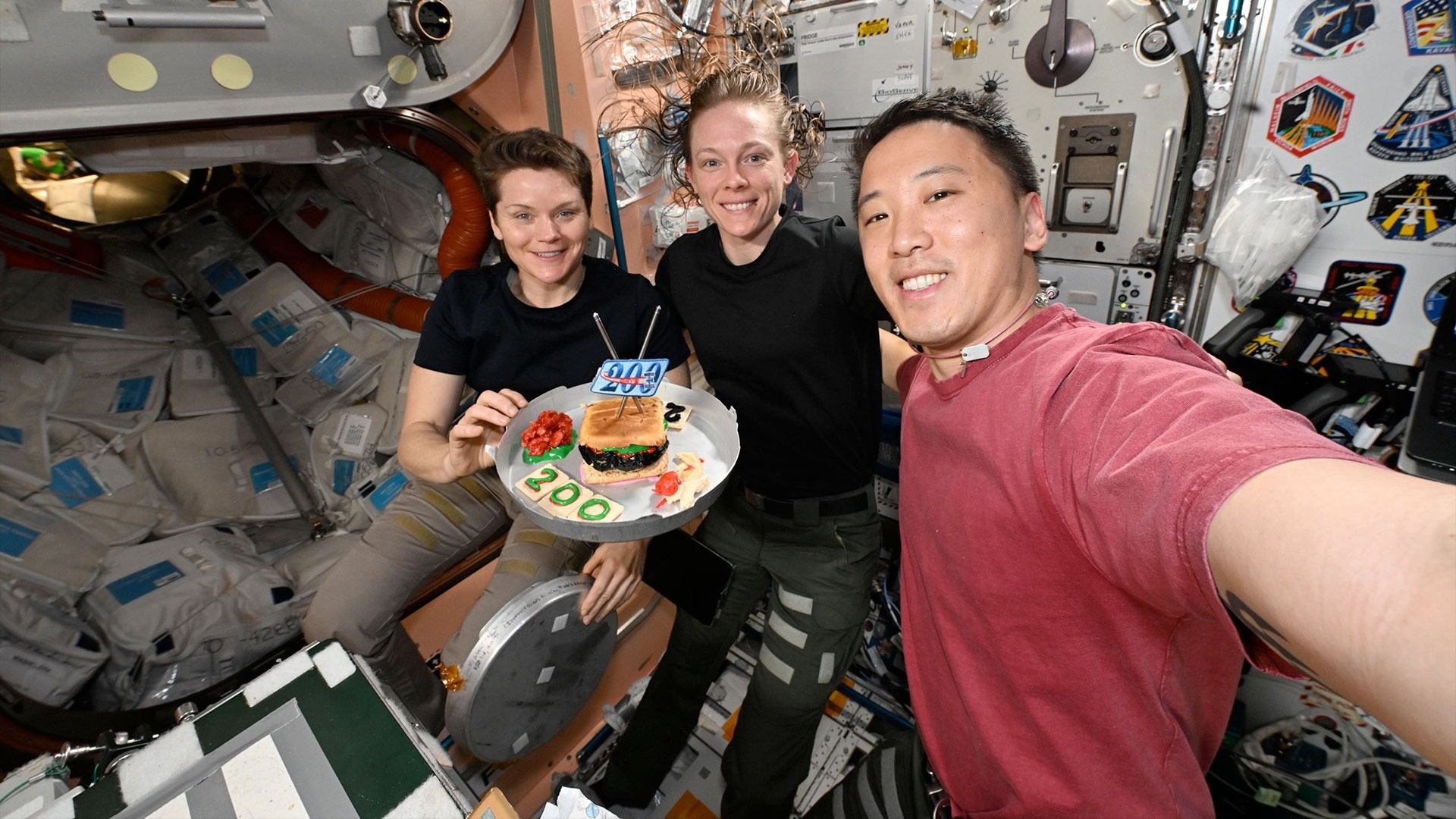NASA Moon Plans Advance
ALBUQUERQUE, New Mexico - NASA is fleshing out details of launch vehicles, robotic and human exploration systems that can enable a sustained back to the Moon effort, including possible establishment of an Antarctic-like lunar outpost.
"The first step to Mars and beyond is getting back to the Moon," said Scott Horowitz, NASA Associate Administrator for the Exploration Systems Mission Directorate at the Space Technology & Applications International Forum (STAIF) held here this week.
Horowitz outlined aspects of the space agency's Exploration Systems Architecture Study (ESAS), noting that a new study is underway on what future astronauts can carry out once replanted on the Moon.
Mega-booster
NASA is on course to pick a single industrial developer in August of the Crew Exploration Vehicle--a spacecraft slightly larger than that used in the Apollo program to haul astronauts to the Moon in the 1960s to the early 1970s, Horowitz said.
Progress is being made too on designing a Crew Launch Vehicle, Horowitz reported, as well as a mega-cargo carrier that has the growth potential to toss over 300,000 pounds into low Earth orbit--more than the Saturn 5 booster utilized in the Apollo Moon program.
The two launchers are both borrowing heavily from solid rocket booster and external tank work honed within the space shuttle program. The shuttle is due to be retired in 2010. Also on tap for use in the two launchers is incorporating a Saturn 5-era J-2 upper stage engine--a motor capable of being started in flight and restarted anytime, Horowitz explained.
Breaking space news, the latest updates on rocket launches, skywatching events and more!
More capable lunar lander
Horowitz said that conceptual looks at a four-person lunar lander have been done. Those initial studies of the vehicle show that it must be far more capable than the two-person Apollo lunar lander. For one, he said, a 21st century Moon lander must permit crews to put down anywhere on the lunar surface--and that means hauling lots of fuel in lots of tanks.
"The goal is four people at up to 7 days a shot," Horowitz said. An airlock on the lunar lander would permit ease of access to and from the lunar surface, he said.
The lunar dust "is a real problem"..."one of the big issues that we have to deal with," Horowitz advised. Spacesuits used on Apollo were pretty much trashed within a few days, he said, as tiny, razor-sharp dust particles jammed suit joints.


Find the light...touch the ice
NASA needs maps. Any back to the Moon campaign by humans will be helped by output from robotic lunar orbiters and landers.
For example, NASA's Lunar Reconnaissance Orbiter (LRO) is being readied for a late 2008 liftoff. It will chart the lunar landscape, not only to identify obstacles and safe-to-land spots, but also sensor sweep the terrain and gauge it for usable resources.
LRO is being specially equipped to probe the poles of the Moon.
Also on the agenda are automated landers to "find the light and touch the ice." That is, help characterize what's lurking within permanently darkened craters...and better determine what parts of the Moon may be always--or nearly all the time--bathed in sunlight.
"We know that there's hydrogen there...but there is a huge debate as to what that hydrogen is locked up with," Horowitz said. "If there is water there, that's a big deal...a huge impact on how we do exploration."
If water is found on the Moon, "the whole story changes," Horowitz said.
Antarctic-like outpost
NASA's story for the Moon may well lead to a lunar outpost--infrastructure that can be utilized by international teams for scientific and exploration pursuits.
"In my mind, I kind of relate back to here on Earth...going to Antarctica," Horowitz told SPACE.com. Once crews have gone back to the Moon, they will learn to survive there in sortie mode. Finding locales on the Moon with usable resources--such as water ice--would be home base from which crews can then branch out to other parts of the Moon, he said.
"We do see an outpost of some sort," Horowitz said. "We just don't know what it looks like yet."
Join our Space Forums to keep talking space on the latest missions, night sky and more! And if you have a news tip, correction or comment, let us know at: community@space.com.

Leonard David is an award-winning space journalist who has been reporting on space activities for more than 50 years. Currently writing as Space.com's Space Insider Columnist among his other projects, Leonard has authored numerous books on space exploration, Mars missions and more, with his latest being "Moon Rush: The New Space Race" published in 2019 by National Geographic. He also wrote "Mars: Our Future on the Red Planet" released in 2016 by National Geographic. Leonard has served as a correspondent for SpaceNews, Scientific American and Aerospace America for the AIAA. He has received many awards, including the first Ordway Award for Sustained Excellence in Spaceflight History in 2015 at the AAS Wernher von Braun Memorial Symposium. You can find out Leonard's latest project at his website and on Twitter.
